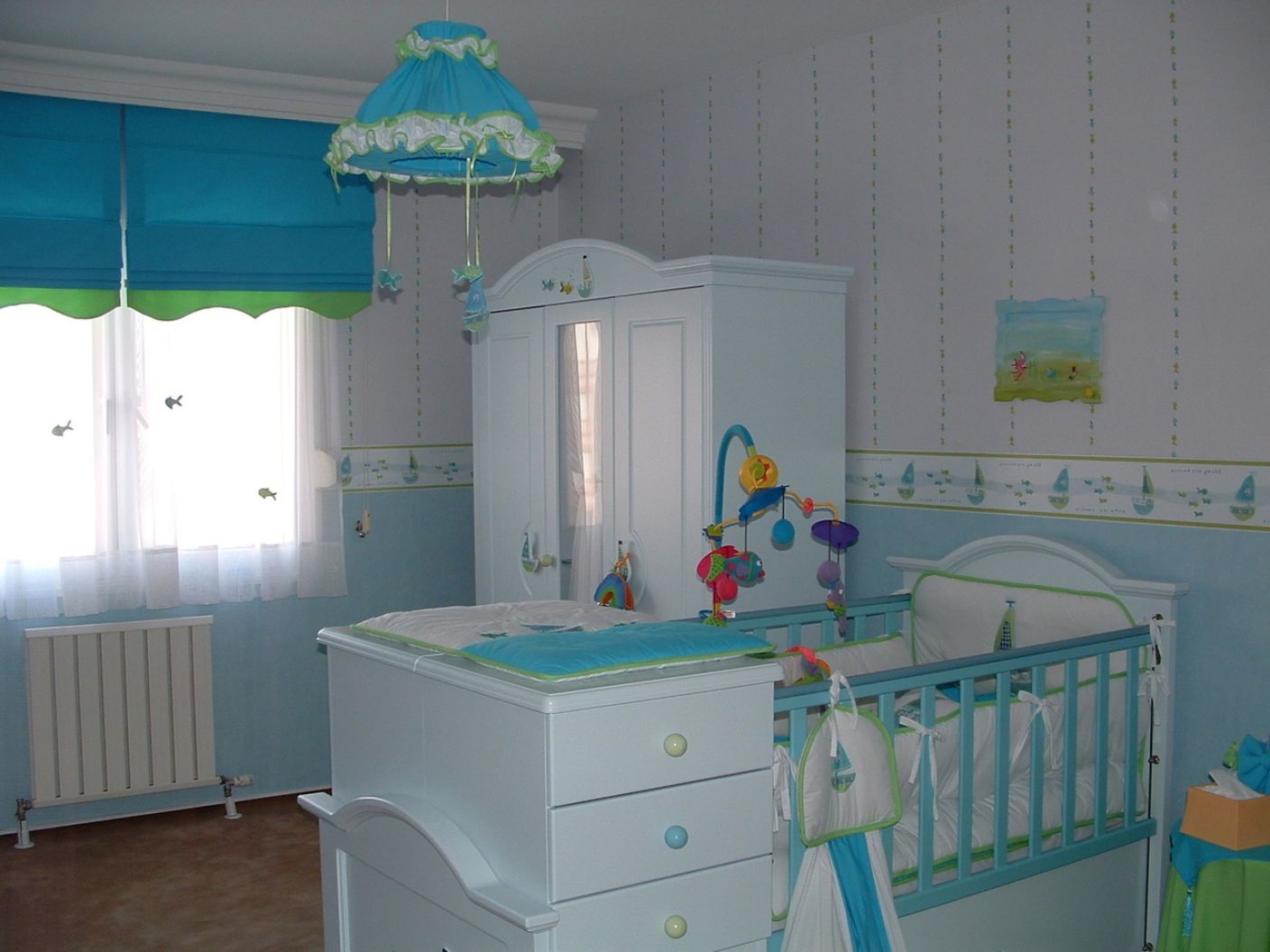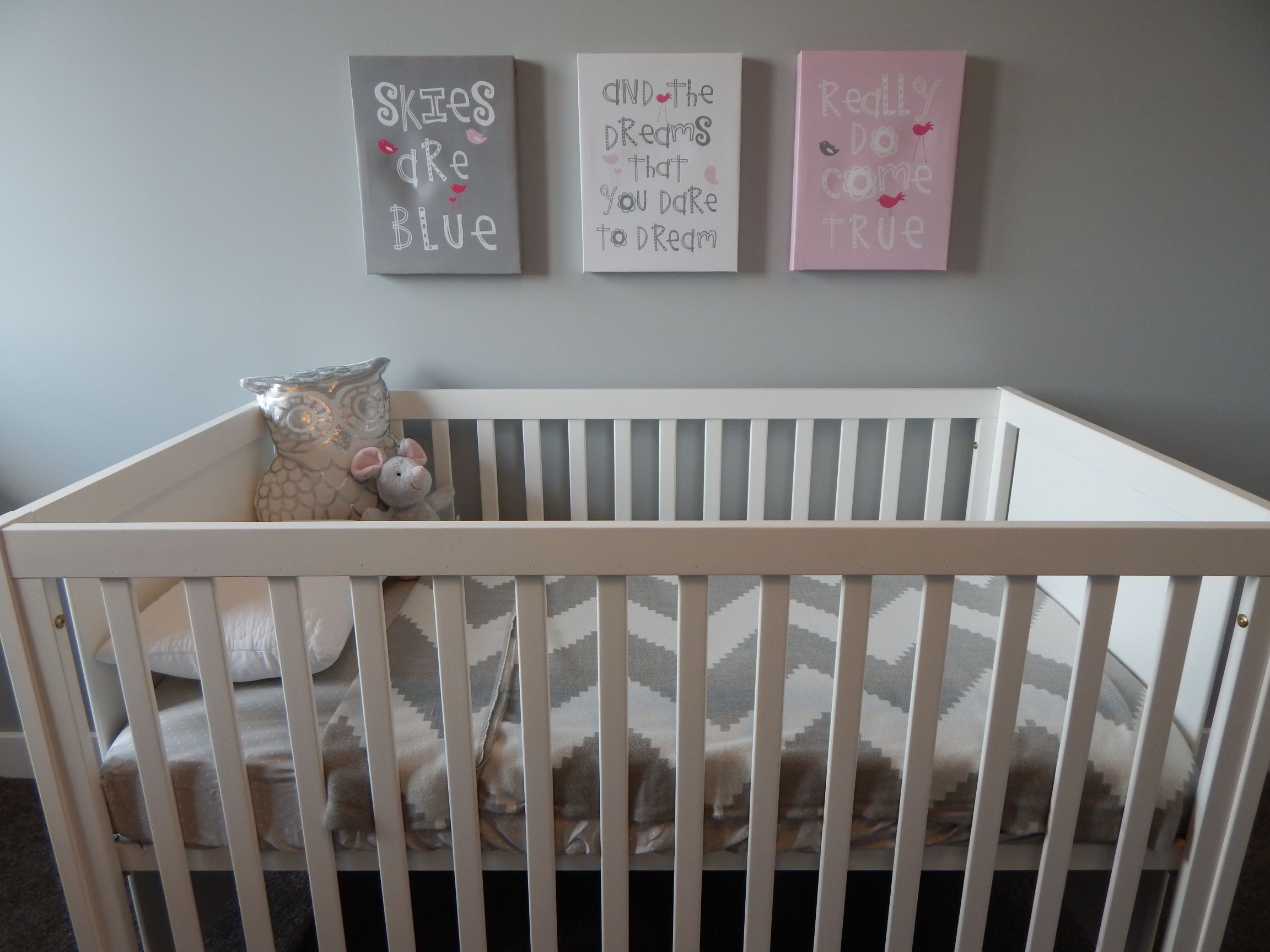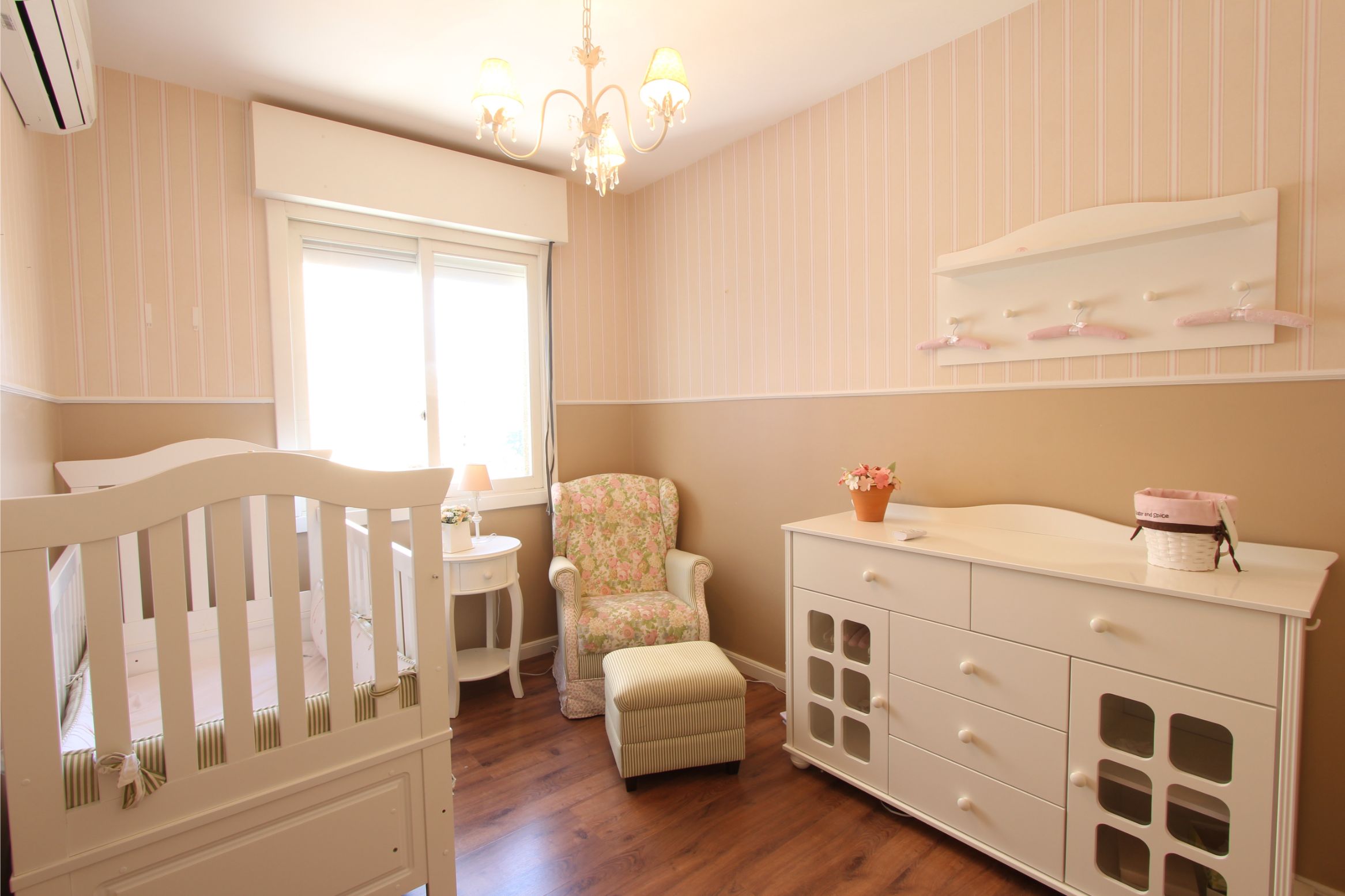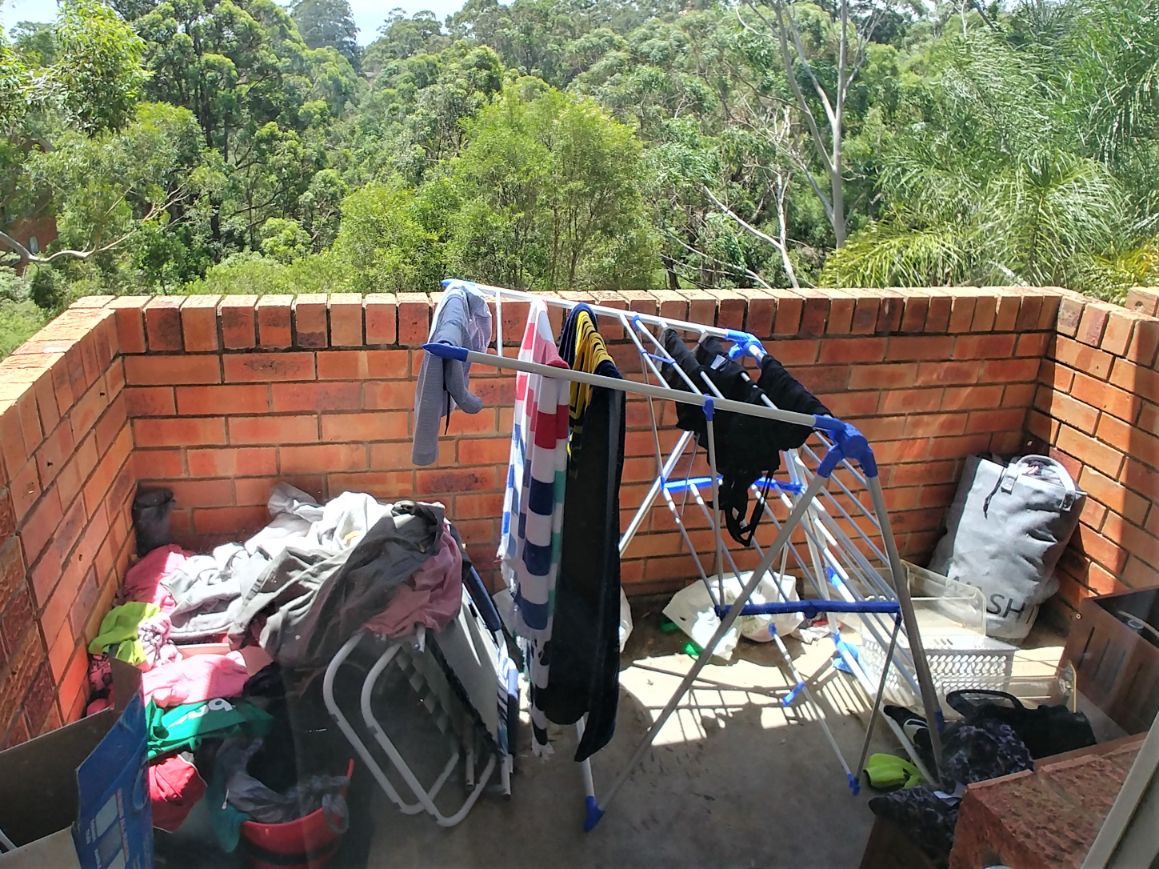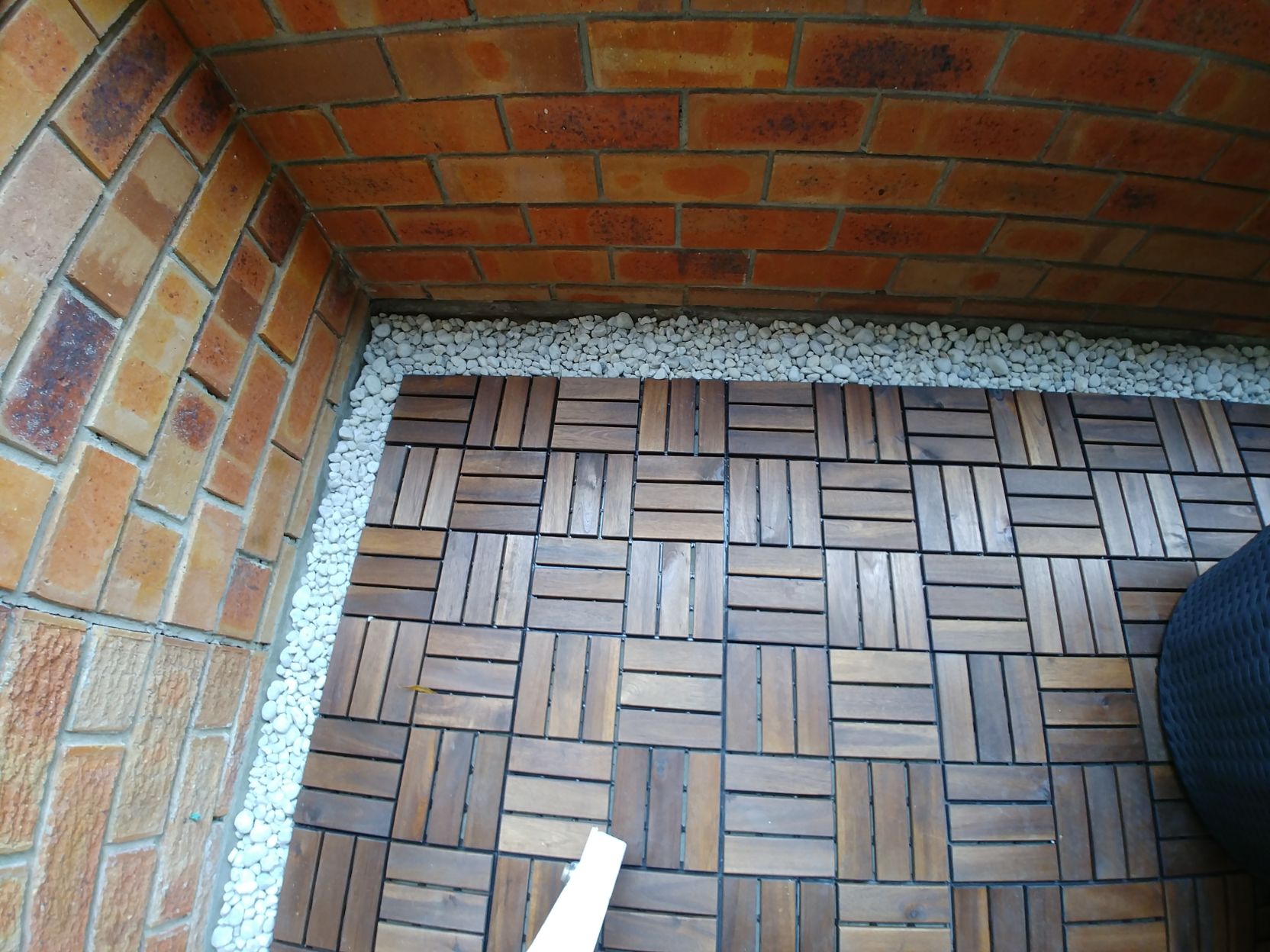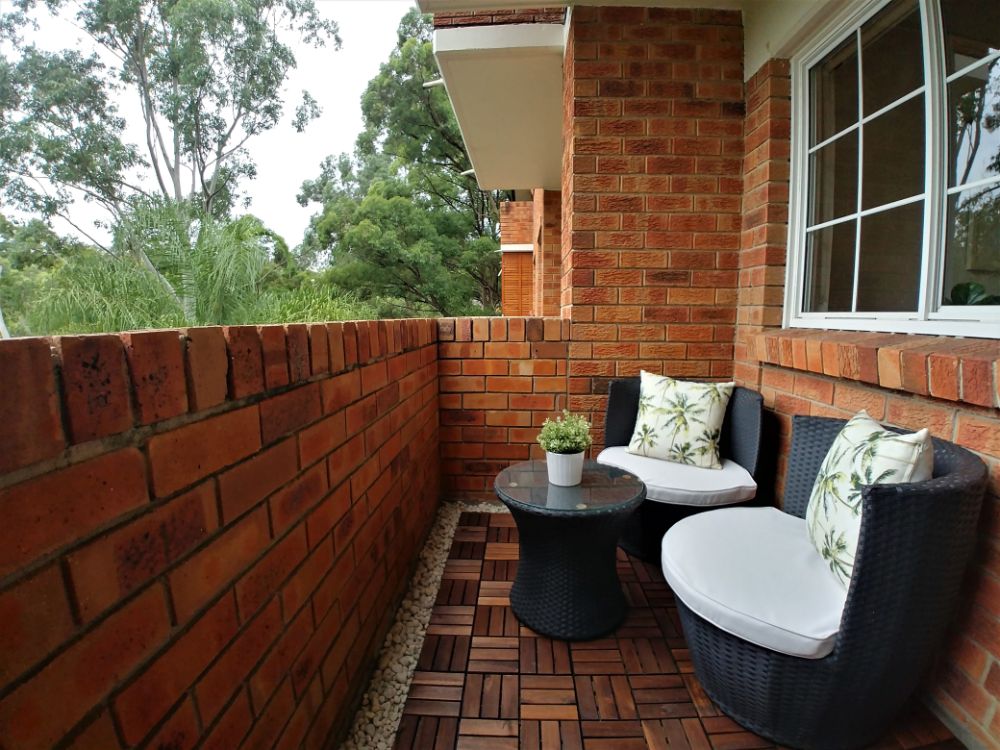
How to Create Home School Space in Your Dining Room
How to Create Home School Space in Your Dining Room
Having done your research about homeschooling you realize you need a space that will function as a classroom and be enjoyable at the same time. School can happen amongst regular home life and not sequestered from it.
So why not homeschool in the dining room? Dining rooms usually have the best natural light in the house and a table large enough to accommodate the homeschoolers.
1. Prepping
- Work with what you have. You do not need a picture-perfect homeschool space. The priority is creating a space that is enjoyable, comfortable and welcoming.
- If you need to move some furniture around do so. If you are not quite sure about the best way to arrange the area contact our property stylists or interior decorators. You’ll be glad you did.
2. What Colour Scheme Will Work Best and Why
- Colour is fascinating and play a huge part in our perception of an area.
- To read more about the theory of colour please go our blog the best colour scheme for your baby’s room.
- Do not overwhelm the area with an assortment of colour and paper paraphernalia, for example, posters. At the end of the day, once all is easily cleared away, you would still want your dining room to look like a dining room.
- Keep colours toned down and coordinated.
- Choose colours that will match and blend in with what is already there.
- Maybe you have been thinking of repainting the dining area. Now would be a good time to do so. It’s amazing what a can of paint can do. If you do not want to paint the whole area, choose a wall to accent.
3. Storage
- Honestly, there is a zillion of storage options out there. To start with, gather what you have. Even old containers and jars can be revamped. Get the children involved. They can even do some of the painting jobs for you, giving them an opportunity adding their own personal touch to their home-school.
- Empty tin cans or boxes can hold pencils and an assortment of crayons.
Cube Storage Units are the way to go. These units are so versatile. They can stand upright or lay on the side. Not all cubes need to be filled with Storage Compact Cubes. Cubicles without containers can be used, for example, stacking readers upright.
Cube Storage Units and Compact Cubes are available in an assortment of colour. There is sure to be a colour that will complement the “Dining Room Classroom” and go well with the rest of the dining room theme.
Click on the links below to see examples of cube storage units available at:
Kmart https://www.kmart.com.au/product/8-cube-unit-white/2112360
Ikea https://www.ikea.com/au/en/catalog/categories/series/27534/
Bunnings https://www.bunnings.com.au/our-range/storage-cleaning/storage/storage-boxes-and-baskets/cubes
- Cube storage ottoman are sturdy and versatile. Not only can items be stored in them, but they can also be sat on.
- Benchtop storing units are very versatile too. The benchtop area can be utilised for an array of items, for example, a flat-screen TV for video lessons.
- The type of storage you want to achieve here is one that will be inconspicuous yet functional.
- Our property stylists and interior decorators can put together a mood board which will enable you to see what the result would like once all the items are in place.
4. Be Selective
- Once friends and family find out that you are proposing homeschooling, they are generally generous and eager to donate items for your school.
- Be selective in what you accept and collect. Too much stuff will cause clutter and stress.
- Accept and keep only that which you need. From time to time give the area a good declutter.
5. Back to the Dining Room
- School’s out. Clearing away the day’s school stuff would be a cinch – everything goes back into their place ready for tomorrow.
- Eating and doing school at the same table encourages and establishes the habit to pick up after every activity whether it be school or eating.
- Around the same table where pupils had gathered, brainstormed and interacted the dining table now becomes a place of family interaction and enjoyment around food.
Note:
In this dining room image, storage cupboards are clearly visible yet not intrusive.
6. What If The Dining Room Is In An Open Plan Living Area.
- Think outside the “square”
 when it comes to open plan living areas.
when it comes to open plan living areas. - Homeschooling in an open plan living area will be great! While preparing meals you can lend a helping hand at schoolwork.
- Should you wish to demarcate the study area and retain the open plan feel, this can easily be achieved by using Cube Storage Units.


























